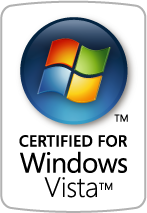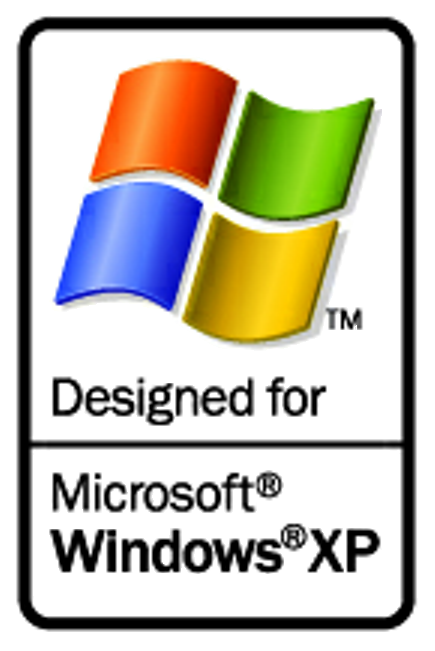Articles
Automatic Audio Playback Redirection
How to force any multimedia application to play its sound depending which monitor its window is on
Introduction
Today most of video displays connect to a PC via modern HDMI/DisplayPort interfaces that can transmit both video and audio information at once. Thus, you can connect a monitor or a TV with its own speakers, and that's great: single cable, single connector, single plug - and you get the full rich visual and audial experience with no fuss. Well, it's that simple, and you connect another monitor/TV (probably, located in another room). Now you've got a multi-monitor environment where you can toss windows between displays at will. You open your favorite media player, start playback of your favorite movie and send the player window to another monitor/TV. But wait, there's something wrong: you see the window playing a video on that monitor/TV but the sound output remains on the first one!
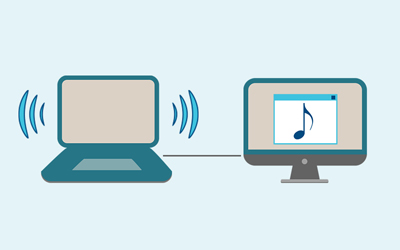
Figure 1. Sound does not follow picture by default
Why can't the system handle this simple and obvious scenario by default? Because of the flexibility of PC hardware architecture, where video and audio devices can be separate hardware pieces (and they were so years earlier), so Windows treats video processing chip and audio processing chip as independent devices with no relation between them (even though they are integrated into the same board of your video card).
Solution
Now Actual Multiple Monitors comes to help you restore that relation and solve the above-mentioned problem: it offers the Per-application Audio Device Switcher facility that, in particular, allows you to bind available audio devices installed in your system to connected monitors. After you specify the required bindings, the program will automatically redirect the audio output on a per-application basis, depending which monitor the sound-playing app's window is on.
Just install the latest version of the program, open its Configuration window and go to the Multiple Monitors - Audio Switcher panel. The interface is simple and intuitive:
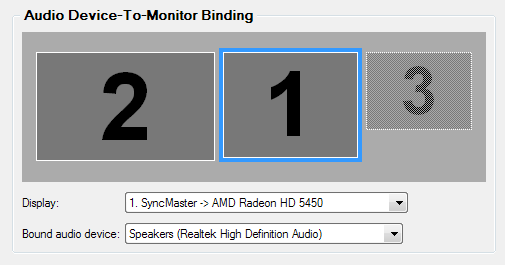
Figure 2. Binding audio devices to displays via the Audio Switcher configuration panel
- 1) select a monitor by clicking its numbered preview or in the Display combo box
- 2) select an audio device from the Bound audio device combo box with the list of available devices to bind to that monitor
- 3) repeat step 1 and 2 until all required audio devices get bound to required monitors
Click the Apply button, and now you're all set: moving a multimedia app's window to a certain display with speakers forces both video and audio playback get moved to that display (as any sane human can expect).
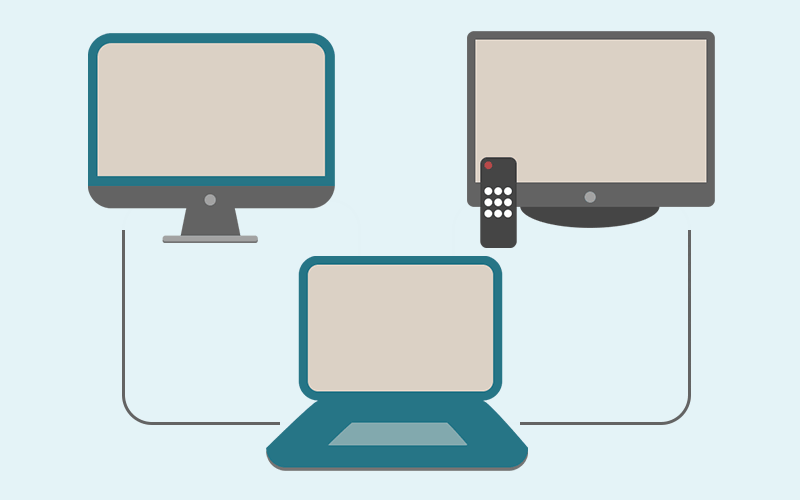
Figure 3. Now sound is redirected automatically
More Tools
In addition to this simple but indispensable solution, the Per-application Audio Device Switcher facility provides a rich set of sound management tools:
1) you can quickly switch the audio playback device for a certain application via a special title button or window menu command
2) you can create rules for specific applications and specify there a default device for audio playback once and for all
3) you can view currently running sound-playing apps and change their playback outputs in a simple and convenient Application Audio Manager window
Conclusion
Here we have reviewed a single aspect of multi-monitor experience - sound management. But Actual Multiple Monitors covers any other aspect with the same easiness and comprehension, whether it's task management, window arrangement, desktop look-and-feel, mouse handling, or gaming tricks. Come and try - we offer 30-day free trial version with no limitations, so you can check on your own each and every feature in real work!

Dual Monitors for Lawyers: Attorney’s Assistant and Actual Multiple Monitors
Learn more about the combination of dual monitors with lawyers software and Actual Multiple Monitors.
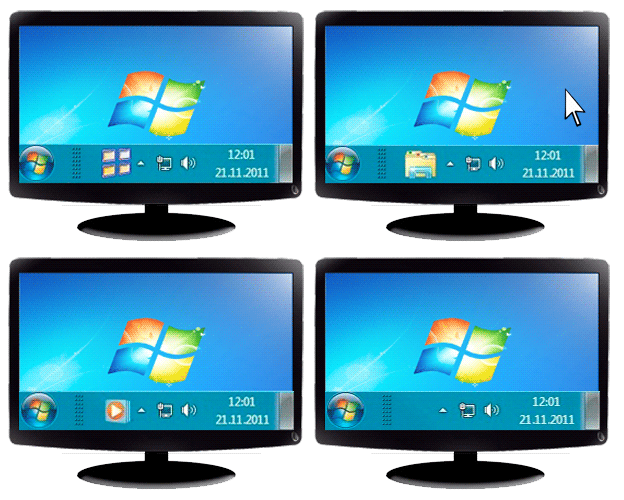
Multiple Monitors: Wrap the Mouse around the Desktop
Remove the desktop boundaries with Actual Multiple Monitors.

Tweaking skinned Windows Media Player with Actual Window Manager
Learn how to apply advanced Actual Tools features to skinned Windows Media Player window that has no title bar (and, thus, there are no extra Actual Tools buttons).
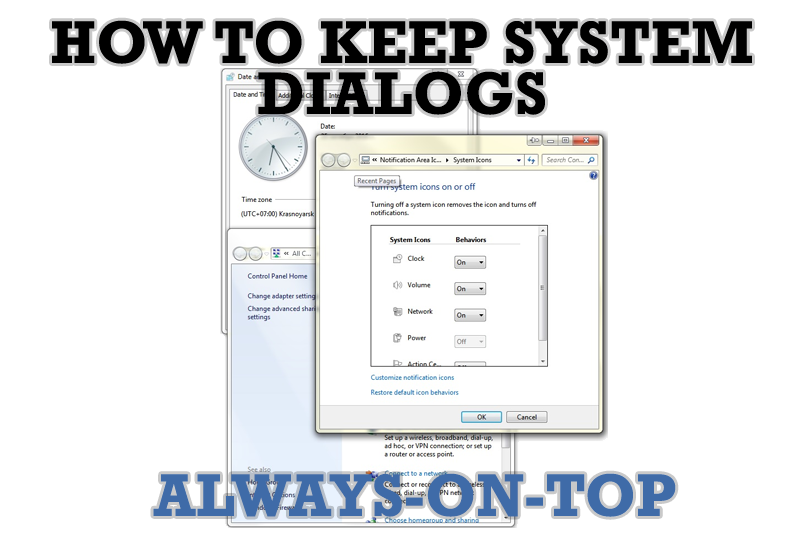
How to keep system dialogs Always-on-Top
This article describes how you can stay on top any system dialogs such as 'Add/Remove Programs', 'System Properties', 'Time/Date Properties' and doesn't allow other windows to hide it partially or completely.

Users of AccountEdge 2013 choose Dual Monitors with Actual Multiple Monitors Software
Actual Multiple Monitors as the Best Dual Monitor Software for accountants. How Actual Multiple Monitors can help users of AccountEdge 2013 on dual monitors?
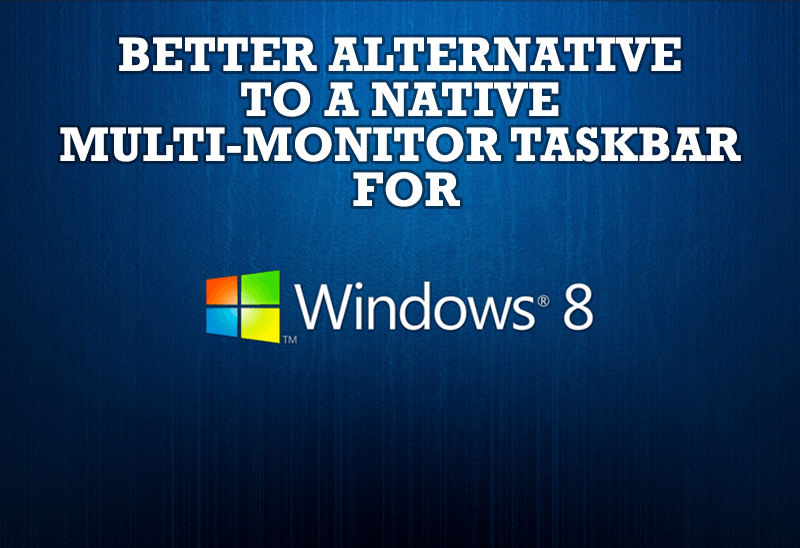
Windows 8: Better Alternative to a Native Multi-Monitor Taskbar
Comparison of Windows 8 native multi-monitor taskbar with the alternative provided by Actual Multiple Monitors.

Enhance your Incredimail letters with Actual Title Buttons
IncrediMail is an advanced, feature-rich email program and by using our Actual Title Buttons program you can make Incredimail an even more premium experience by adding a whole bag full of delightful new features to it!

Mozilla Thunderbird and Actual Window Manager will cope with any task
Sometimes we need to solve not ordinary tasks when working on computers. So, what shall we do? The most obvious answer is to find a program which will make your Mozilla Thunderbird suitable for any task.
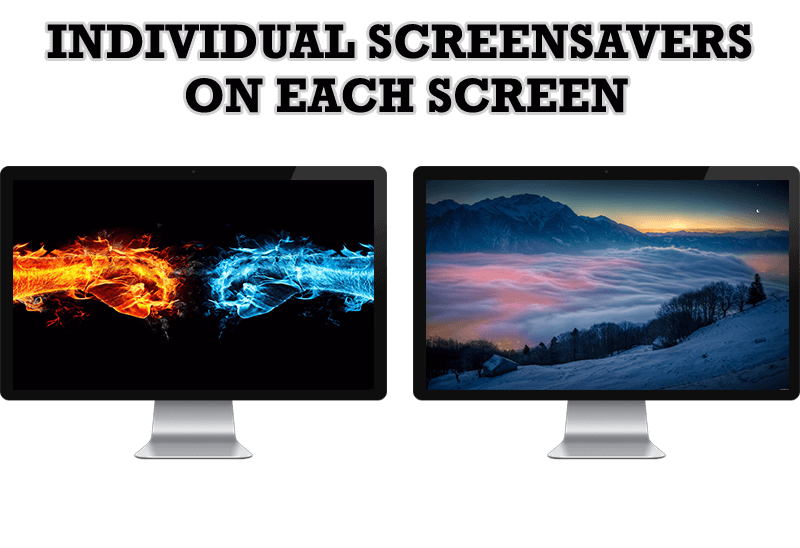
How to Set Up Different Screen Savers on Dual Monitors
If you want to set up different screen saver to each monitor, or one screen saver over entire desktop of your multiple monitor system, just read this little manual.
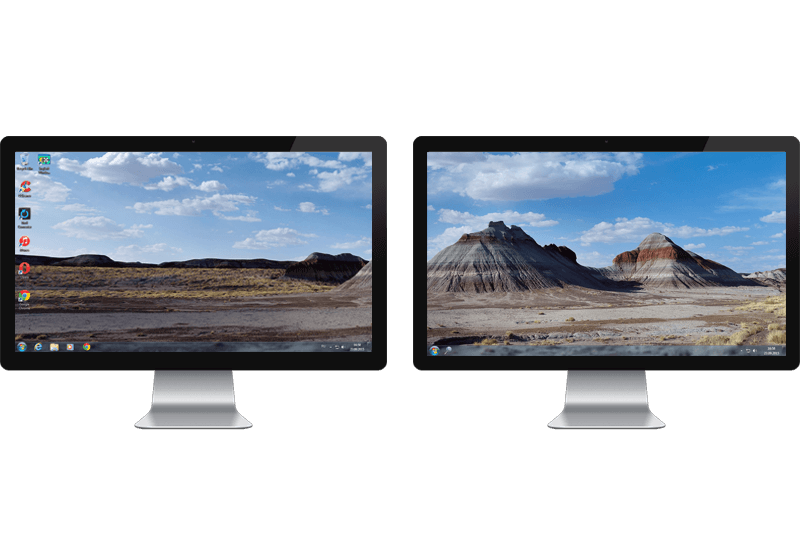
Windows 7 Dual Monitor Taskbar: How to Extend Windows 7 Taskbar to a Second Monitor
Get the fully featured Windows 7 Taskbar on a second monitor with Actual Multiple Monitors.






